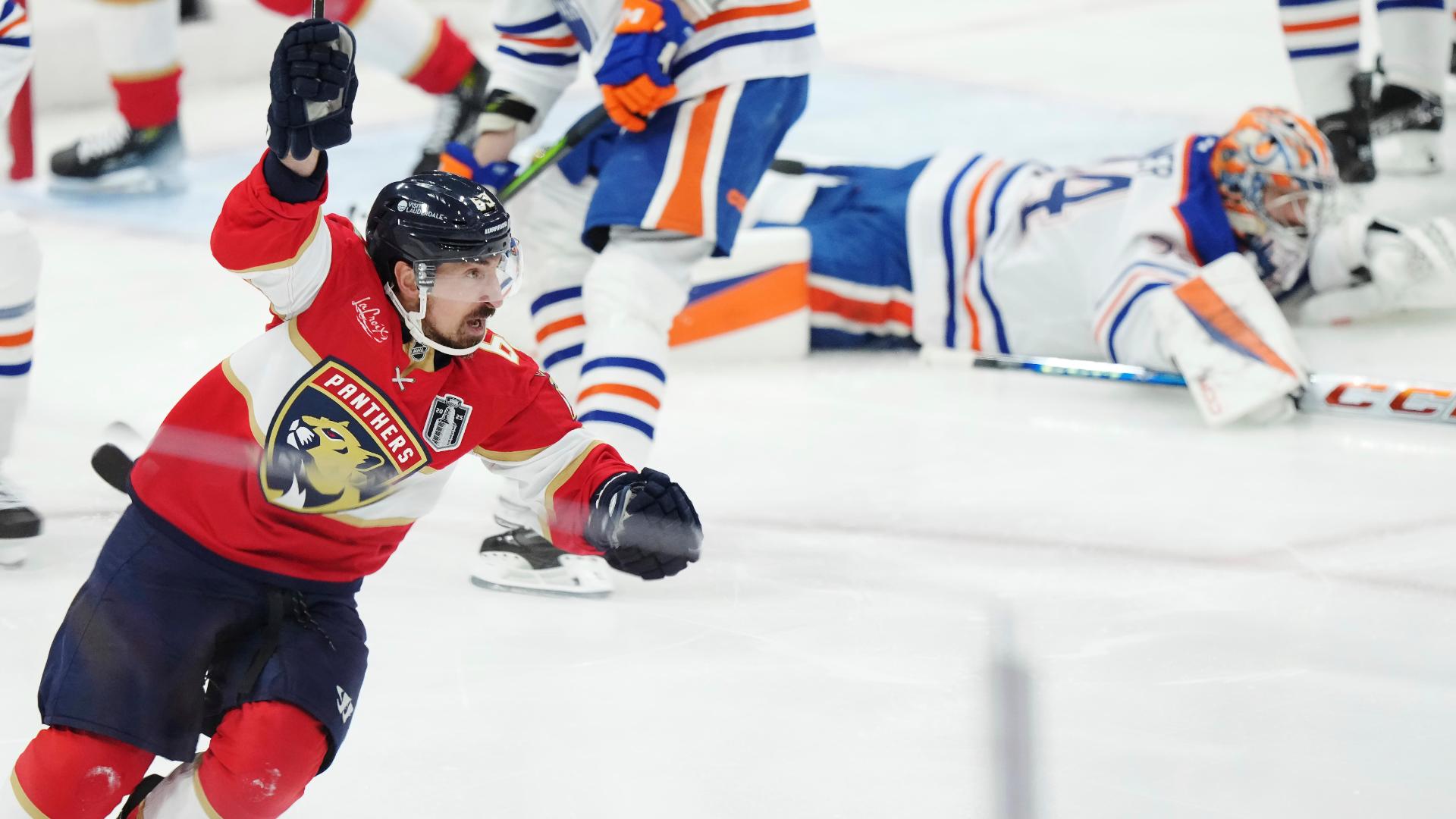TORONTO -- As Marc Savard lay on the ice Sunday, imagine the flashbacks for Boston Bruins teammate Patrice Bergeron.
His own career nearly ended by a serious concussion two years ago, Bergeron felt sick to his stomach as his buddy, Savard, was carted off the ice on a stretcher after a thunderous check to his head from Pittsburgh Penguins winger Matt Cooke.
"It's hard to see, especially a guy like Savvy that I've played with now for four years. He's a friend," Bergeron said Tuesday after his team's pregame skate at Air Canada Centre. "You never want to see it done to anyone. It's tough. That's why the emotion kind of takes over. We need to realize what's going on."
What's going on is that head shots again are in the news. The NHL's GMs, meeting in Boca Raton, Fla., will vote Wednesday on their recommendation(s) to help possibly curb head shots. We'll see what comes out of that. Personally, I find myself in a quandary on the subject, because I love physical hockey. While the hits like Cooke's on Savard, and Mike Richards' on David Booth, have no place in the game in my mind, I also don't know exactly how you outlaw shoulder hits to the head. It's easy for us in the media to say, "simply eliminate those hits," but for those on the ice, where the game is faster than ever, they know how hard it is to differentiate.
Even Bergeron, with everything he's gone through, doesn't have a crystal-clear solution.
"It's hard to define, but you still need to be responsible and think about the consequences," said the 24-year-old Olympic gold medalist.
"I know there's a gray area where it's going to happen even though it's a regular hit you see all the time," Bergeron added. "The guy's bigger than you and you're going to get his shoulder to your head because you're smaller than him. That's normal. But I think there's common sense also. Like Savvy's hit, that shouldn't happen. Those hits can be avoided. There's no need for that."
And that goes to the predatory hit that some GMs I've spoken to this season want to try to curb. Savard never saw the hit coming. Those are the hits that the NHL, via supplemental discipline, should have the mandate to penalize.
In the end, no matter what the GMs come up with Wednesday, I still think it comes down to today's generation of NHL players having greater respect for each other on the ice.
"Yes, I agree with that," Bergeron said. "We need to be responsible when we step on the ice and think about whether you'd want to be in that situation, being Savvy on the ice, or being me when I got hit like that, and the answer would be no for sure. Would you like to miss a full year because of a concussion? No. It's just realizing that. I know it's a fast game, and I know it's a physical game. I'm not saying take that away from the game. But some of the hits we can avoid."
The equipment is also an issue, and has been for a while. Today's shoulder pads are as much weapons as they are protection. "Hockey Night In Canada" icon Don Cherry has been on this issue for a long time, and he's dead-on right. The NHL's Kris King has worked tirelessly with manufacturers to try to develop softer shoulder pads. I've personally been to King's Toronto office and seen some of the samples, and they look promising. But it takes time, especially since the NHL Players' Association needs to sign off on all of it.
Reached in Boca Raton on Tuesday, King told ESPN.com that the new shoulder pads, with soft cover and half-inch padding, have recently been approved by the NHLPA and should be in place for next season.
"It'll make that initial contact softer," King said.
That's a step in the right direction. Because one thing the league can't change is the evolution of the player himself.
"The game is much faster than it was," Toronto Maple Leafs head coach Ron Wilson said Tuesday. "The players are much bigger."
Bigger and faster players, and now a neutral zone where players are no longer impeded by obstruction thanks to the post-lockout rule changes, so they're flying in like missiles on a collision course: It's a recipe for some violent hits.
The fact is, fans love the big hits. They just don't want the dirty ones.
"Eliminate those kinds of hits, predatory, blindside, hit from behind, that type of thing," said Wilson.
Wilson, who coached Team USA to a surprise silver in Vancouver, points to the rulebook at the Olympics, in which the International Ice Hockey Federation has a zero-tolerance policy on hits to the head. It certainly didn't affect the level of entertainment in Vancouver.
"We just saw in the Olympics, the games can be very violent and physical with the threat of a 10-minute misconduct with any head contact," said Wilson. "I didn't see that slow our team or Canada down in terms of physical contact. The skill players are aware."
Awareness. That's what Bergeron is talking about. Know what your actions will cause.
"The Matt Cooke hit, why couldn't he hit him in the body as he's coming across?" asked Wilson. "Why is he hitting him in the head? Because I personally think that he knew what he was doing."
"It's about being responsible and thinking about the consequences before going for a hit," said Bergeron. "Would you like to be on the opposite end of that hit? It's something that we need to realize. I missed a year because of a hit from behind. There's some hits that could be avoided and some injuries that could also be avoided."




